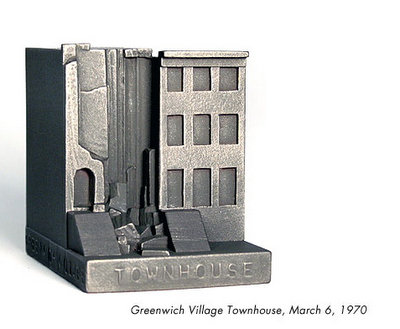After making lots of smaller wire mesh and clay models, it was time to play around with scale. The scale was going to be crucial in terms of the functionality to the design. It also determined WHO used it and how experienced they were. I’m making this object for people with 3 different skill levels, so I had to control certain parts of the design. The obstacle can be approached in 3 different directions according to skill level and according to your mode of transport; skateboard, BMX bike, roller blades and scooter.
My research and design development stages have involved the beach in some way or form. The sand, the water, the lifestyle also. Skateboarding also evolved from surfing in the 1950’s and was called “Sidewalk surfing”. So it was very appropriate to add some surfing FLAVOUR to my design. I was inspired by the barrel surfers went through and so i wanted to incorporate this in to my form design somehow. I want to achieve the same feeling surfers get as they are riding through a “barrel”- a big wave.
I also want it to have that aesthetic of an old drain pipe. Skaters like to find spots that aren’t meant to be skated. That’s what makes it an authentic street skate. So check these following images and i’ll let the design speak for itself.

Barrel Wave
http://escapetheokiezone.com/uploaded_images/barrel-736497.jpg

Drain Pipe Skate

Air dry clay & wire mesh backing




